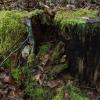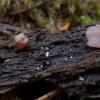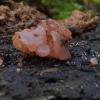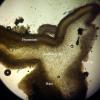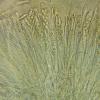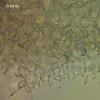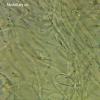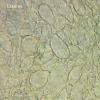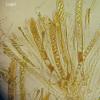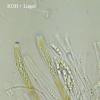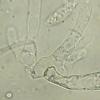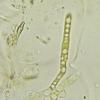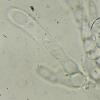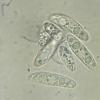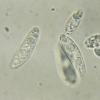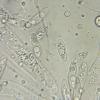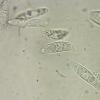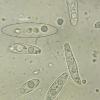
24-12-2025 17:08
Hulda Caroline HolteHello, I have found this propoloid ascomycete on

21-12-2025 09:32
Hello.A tiny ascomycete found embedded in wood in

21-12-2025 21:32
Pol DebaenstHello, Garden, Burgweg 19, Veurne, BelgiumOn 10/1

22-12-2025 23:38
Patrice TANCHAUDBonsoir, récolte sur un mur en pierre, apothéci

22-12-2025 00:47
Patrice TANCHAUDBonsoir, récolte à proximité du milieu dunaire
Ombrophila sp.
Mirek Gryc,
03-01-2021 21:03
Today I found a few fruiting bodies on the trunk of a pine cut a few years ago.
My collection is only similar to the one shown on the Zotto (Eigenried) disc. The spores, however, are longer than those presented there, so I decided to discuss the collections.
- croziers +
- no crystals
- no outer gel layer
- on the ectal excipulum, external cells elongated
- spores:
(13.2) 15.1 - 19 (19.8) × (4.2) 4.5 - 5.2 (5.4) µm
Q = (2.8) 2.9 - 4.2 (4.3); N = 17
Me = 17.2 × 4.8 µm; Qe = 3.6
18.75 4.47
18.99 5.41
16.18 4.23
19.84 4.71
17.46 4.62
13.22 4.65
13.63 4.84
17.01 4.72
15.51 4.96
18.49 5.04
17.77 4.65
17.74 5.17
16.62 4.77
18.37 4.31
19.19 4.97
15.07 5.20
18.90 4.99
greetings
Mirek
Hans-Otto Baral,
03-01-2021 21:07

Re : Ombrophila sp.
How large are the apos? You shoudl carefully look at the apical ring, it is very broad and thick.
Compare Ascocoryne sarcoides :-)
Mirek Gryc,
03-01-2021 21:31
Re : Ombrophila sp.
Hi Zotto
Ascomata maximum 2.5-3 mm.
Probably you are right. I have never thoroughly microscoped Ascocoryne sarcoides.
Only a few times I looked at Ascocoryne cilichnium under the microscope and maybe that is why I did not associate this collection with Ascocoryne because it has different spores.
greetings
Mirek
Ascomata maximum 2.5-3 mm.
Probably you are right. I have never thoroughly microscoped Ascocoryne sarcoides.
Only a few times I looked at Ascocoryne cilichnium under the microscope and maybe that is why I did not associate this collection with Ascocoryne because it has different spores.
greetings
Mirek
Hans-Otto Baral,
03-01-2021 21:33

Re : Ombrophila sp.
Another option would be A. inflata. That species has paraphyses with strongly capitate paraphyses and apothecia in the size you indicated. But yours are not capitate. There is no anamorph?
Mirek Gryc,
04-01-2021 09:15
Re : Ombrophila sp.
Due to the lack of an anamorph, I was just not considering this species. They grew on two adjacent stumps, but I did not notice anamorphs on any of them.
Apos was small but mature, paraphyses not capitate.
Thanks for the suggestions but I think it's A. sarcoides.
I will try to download more collections and compare their features.
Mirek
Apos was small but mature, paraphyses not capitate.
Thanks for the suggestions but I think it's A. sarcoides.
I will try to download more collections and compare their features.
Mirek
